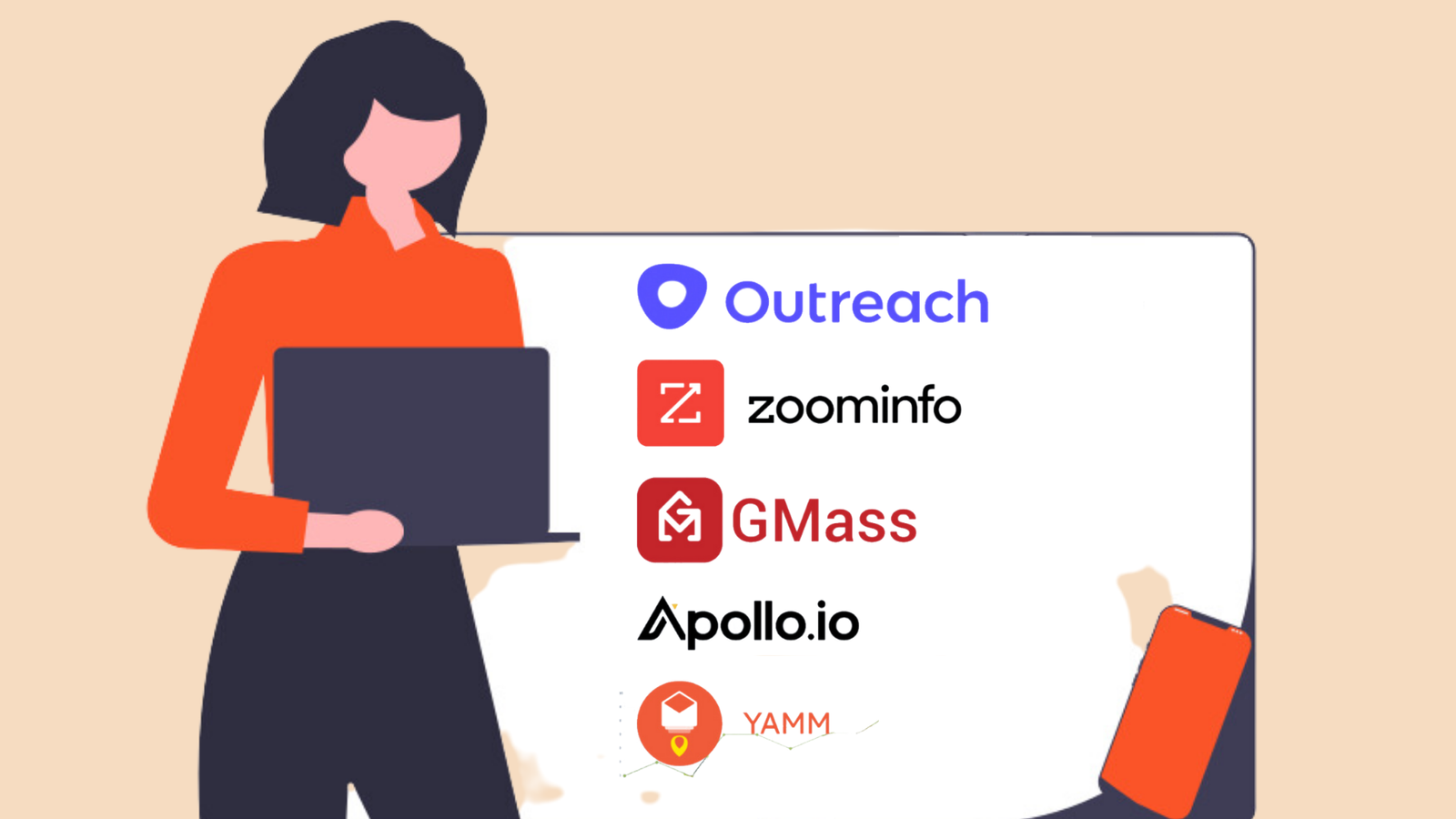In today’s digital age, social selling has become an essential strategy for businesses to connect with prospects, build relationships, and drive sales. However, there are certain pitfalls that companies should be aware of to ensure effective and successful social selling efforts. In this blog post, we will highlight the five sins of social selling that your company should avoid to maximize the benefits of this powerful technique. Neglecting to Define a Social Selling Strategy One of the biggest sins in social selling is not having a well-defined strategy. Without a clear plan in place, your efforts can become aimless and ineffective. Start by identifying your target audience, defining your objectives, and determining which social media platforms are most relevant to your industry. Develop a content strategy that aligns with your target audience’s needs and preferences, and establish guidelines for engagement on social platforms. This strategic approach will ensure consistency, relevance, and ultimately, success in your endeavors. Focusing Solely on Self-Promotion One common mistake companies make is using social media platforms purely for self-promotion. Instead, focus on providing helpful and informative content that educates and engages your audience. Share industry insights, thought leadership articles, relevant news, and tips that demonstrate your expertise and establish your company as a valuable resource. By being genuinely helpful, you’ll gain trust and credibility, which will, in turn, lead to better engagement and ultimately, increased sales opportunities. Ignoring the “Social” Aspect Social selling is not about broadcasting messages and hoping for leads. It’s about actively engaging and building relationships with your target audience. Make sure to respond to comments, messages, and inquiries promptly and thoughtfully. Actively seek out relevant conversations and join them with valuable contributions. Maybe interacting with the video content of others. Engage with potential prospects by liking, sharing, and commenting on their content. By fostering meaningful interactions, you’ll build connections, gain valuable insights, and increase your chances of converting leads into customers. Neglecting to Measure and Analyze Results Like any marketing strategy, this requires consistent monitoring and analysis of performance. Failing to track and measure your social selling efforts can lead to missed opportunities for improvement. Use analytics tools to measure key metrics such as engagement, reach, website traffic, lead generation, and conversions. By analyzing these metrics, you can identify what is working well and what needs adjustment, enabling you to refine your strategy and focus on tactics that yield the best results. Not Investing in Proper Training and Enablement Social selling is a skill that requires continuous learning and development. Neglecting to invest in proper training and enablement for your sales team can hinder their effectiveness in utilizing social media for selling purposes. Provide your sales team with training on social selling best practices, content creation, engagement techniques, and platform-specific strategies. Equip them with the right tools and resources to effectively engage with prospects and leverage social media to its fullest potential. By investing in your team’s social selling skills, you’ll empower them to build stronger relationships and achieve greater success in their sales efforts. By avoiding these five sins of social selling – neglecting strategy, focusing on self-promotion, ignoring the social aspect, neglecting measurement, and skimping on training and enablement – your company can maximize the benefits of this powerful strategy. Embrace this as a relationship-building tool, provide genuine value, engage authentically, measure performance, and continuously invest in the development of your sales team’s social selling skills. By doing so, you’ll position your company for success in the ever-evolving digital landscape. Remember, this is not just a trend but a powerful method to establish lasting connections, drive sales, and foster business growth in today’s digital era.











